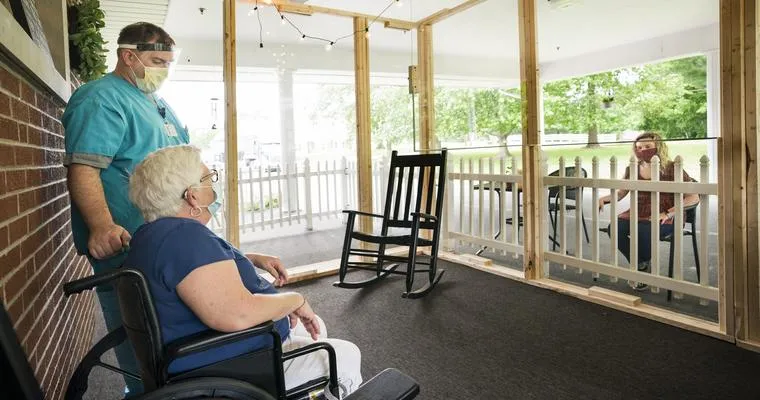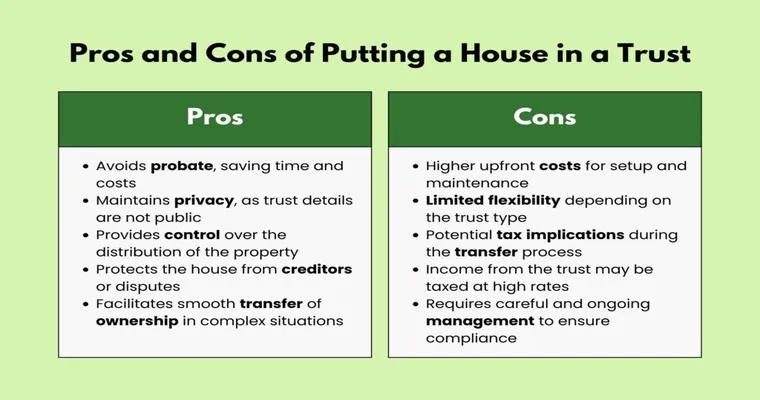The rising costs of "nursing homes", "group homes", and "assisted living facilities" have become a significant concern for the "middle class" in America. With monthly expenses ranging from "$9000 to $12000", many families are left wondering how they can afford such exorbitant fees. This article will explore the reasons behind these escalating costs and the impact they have on the middle class.
One of the primary factors contributing to the high costs of nursing homes and assisted living facilities is the increasing demand for long-term care services. As the "baby boomer" generation ages, the need for quality care options has surged. This heightened demand puts pressure on facilities to provide services that meet the expectations of families, resulting in rising prices. Additionally, many facilities are investing in upgraded amenities and specialized care programs, further driving up costs.
Another significant factor is the cost of staffing. "Healthcare workers" in nursing homes and assisted living facilities often require specialized training and certifications. To attract and retain qualified staff, facilities must offer competitive wages and benefits, which ultimately translates to higher costs for residents. The workforce shortage in the healthcare industry exacerbates this issue, as facilities struggle to find enough trained professionals to meet the needs of their residents.
Moreover, the operational expenses of running these facilities contribute to the financial burden. Facilities must comply with strict regulatory requirements, maintain their buildings, and provide proper equipment and supplies. These costs are often passed on to residents, making it increasingly difficult for the middle class to afford quality care for their loved ones.
Insurance coverage for long-term care is another area where the middle class faces challenges. Many individuals are unaware that "Medicare" does not cover the full costs of nursing home care, and private insurance options can be expensive and difficult to navigate. As a result, families often find themselves in a difficult financial situation when seeking care for aging relatives.
The financial implications of these high costs can be devastating for middle-class families. Many are forced to deplete their savings, sell their homes, or even take on debt to afford care for their loved ones. This financial strain can lead to increased stress and anxiety, impacting the overall well-being of both the caregivers and the individuals receiving care.
In conclusion, the high costs associated with nursing homes, group homes, and assisted living facilities present a significant barrier for the middle class. The combination of increasing demand, staffing costs, operational expenses, and limited insurance coverage creates a challenging landscape for families seeking quality care. As we move forward, it is crucial for policymakers and industry leaders to address these issues to ensure that affordable care options are available for all families, regardless of their financial situation.





